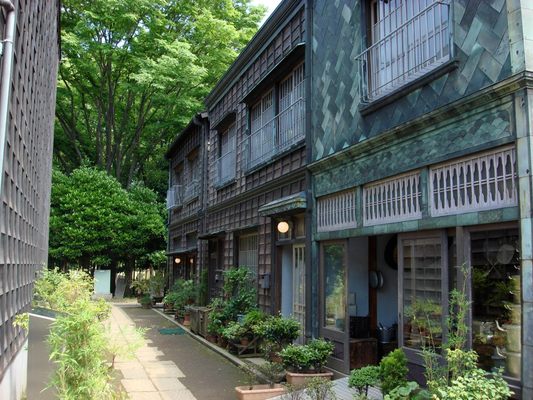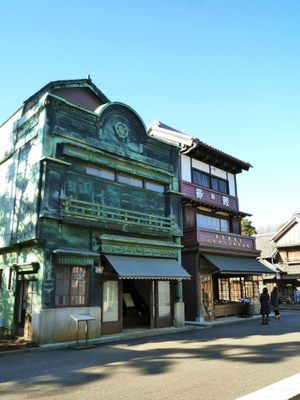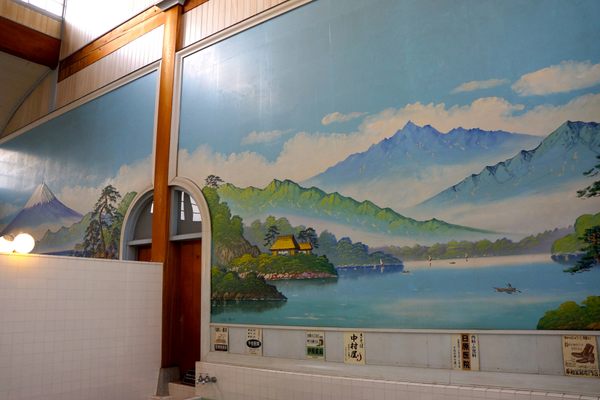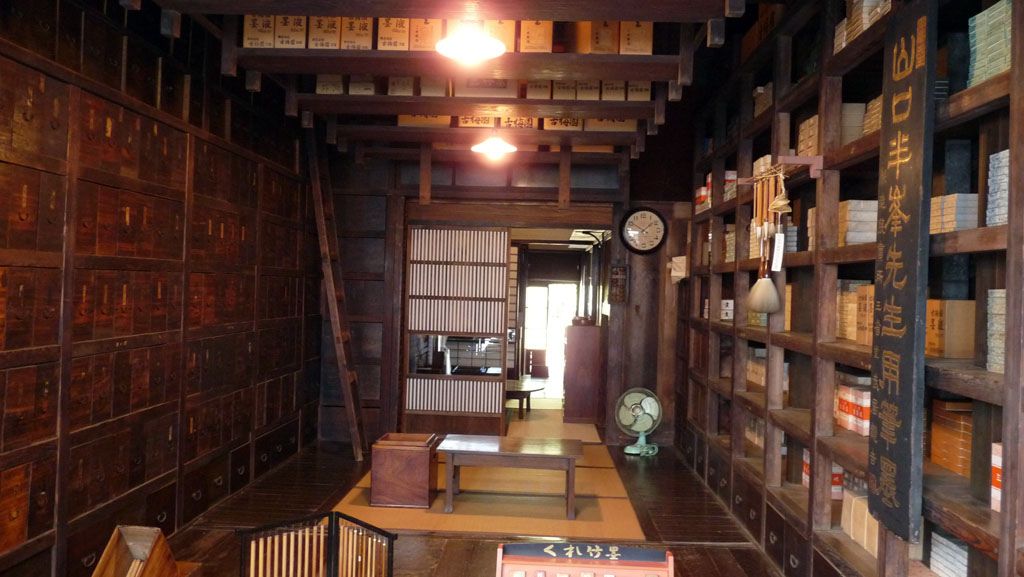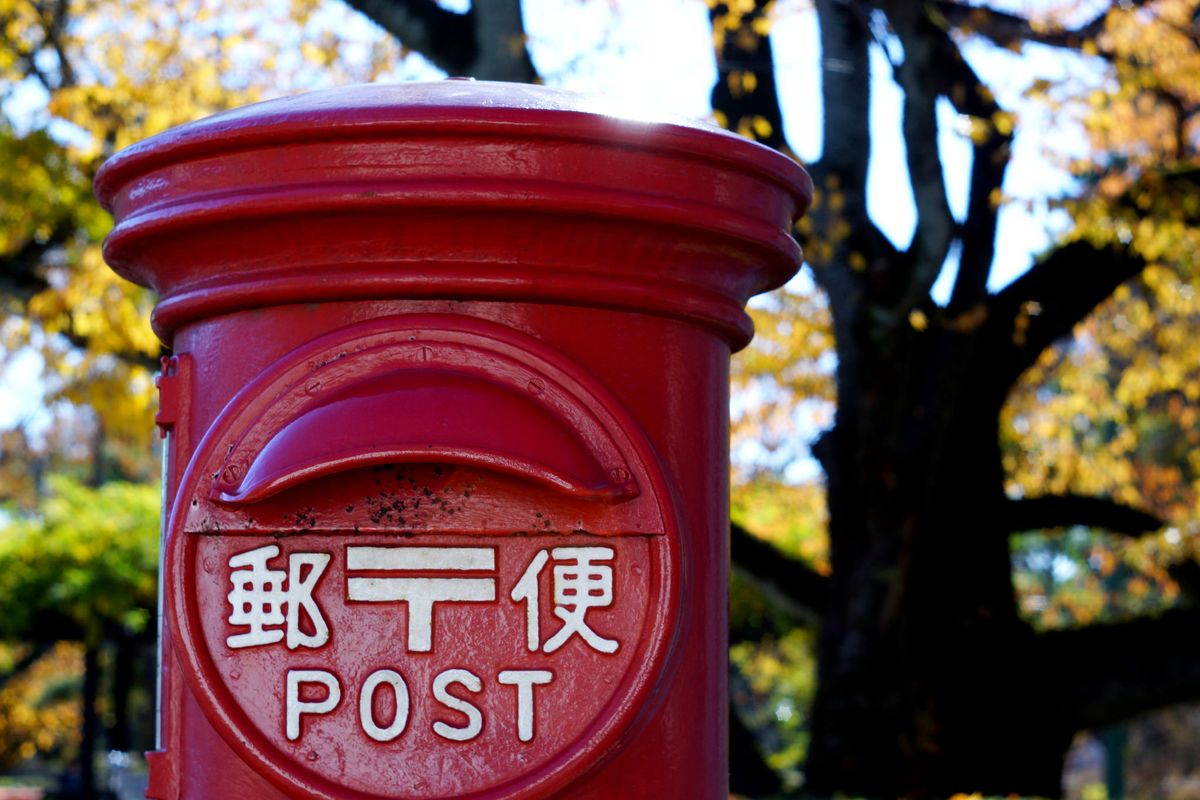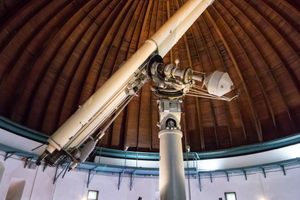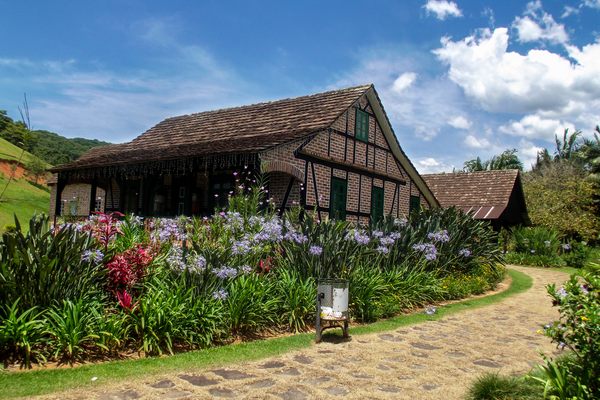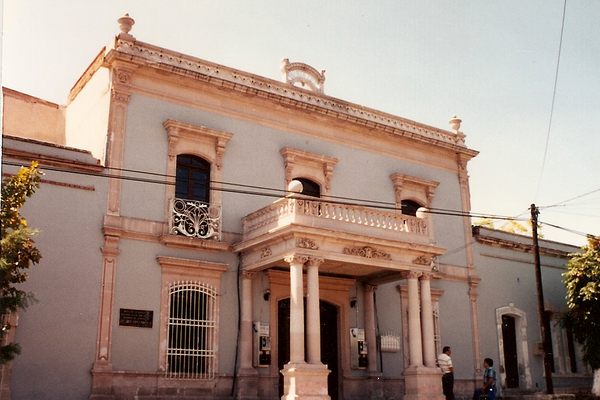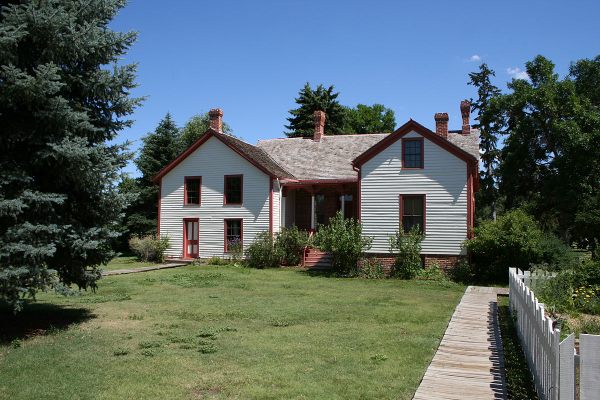About
Much of Japan's historic architecture has sadly been destroyed by earthquakes, floods, and war, not to mention redevelopment. In an effort to preserve physical traces of the country's history, the Japanese government designated a small portion of Koganei Park as a place where time would stand still forever.
The Edo-Tokyo Tatemono En is an open-air architectural museum, but could be better thought of as a park. Thirty buildings from the 19th and early 20th centuries from all around Tokyo were restored and relocated to the space, where they can be explored by future generations to come.
As soon as you cross the threshold into the open air museum you are whisked away to another time. Even its visitor center originally served as a pavilion to commemorate the 2600th imperial year, which was then relocated to Koganei Park in 1941. Inside the Museum is a collection of houses and businesses, shops, and bathhouses, all of which would have been present on a typical middle-class street from Edo-period to Showa-era Tokyo.
The west section is residential, with traditional thatched roof bungalows of the 19th century. Meiji-era houses are also on view, constructed in a more Western style after Japan opened its borders in 1868. The Musashino Sabo Café occupies the ground floor of one such house, where visitors can enjoy a cup of tea. Grand residences like that of Korekiyo Takahashi, an early 20th century politician assassinated over his controversial policies, demonstrate how the upper class lived during that time period.
The east section is primarily businesses from the 1920s and '30s, preserved with their wares on display. Visitors are free to wander through a kitchenware shop, a florist's, an umbrella store, a bar, a soy sauce shop, a tailor's, a cosmetics shop, and an inn complete with an operational noodle shop.
The centerpiece is the bathhouse, divided into men's and women's sections. Japanese animator and director Hayao Miyazaki spent time in this museum sketching for his fantasy film Spirited Away, and traces of Edo-Tokyo Tatemono En are visible in the film, particularly in the movie's fantastical bathhouse. He even designed the Museum's mascot character, Edomaru.
There is also a number of exhibits other than the buildings, both outdoor and indoor, including a 7th-century burial chamber and a tram from the 1960's. Most of the indoor exhibition is temporary and changes every few months, often concerning local history.
The park recruits volunteers as tour guides, some of whom dress in period style. There are often craft workshops hosted in the old houses where children can learn to make origami or pinwheels. Occasionally the staffers will put on a variety show in the pavilion, showcasing everything from traditional Japanese performance arts to contemporary magic tricks.
Related Tags
Know Before You Go
As per Japanese custom, guests are expected to take off their shoes when entering houses. Wear easily removable footwear to explore the houses.
Five minutes by bus from Musashi-Koganei Station (JR Chuo Line). 6 minutes by bus from Higashi-Koganei Station (JR Chuo Line). 5 minutes by bus from Hana-Koganei Station (Seibu Shinjuku Line). 30 minutes on foot from Musashi-Koganei Station (north exit). There is a direct bus service between Haneda Airport and Musashi-Koganei Station.
Hidden Japan: Sado Island, Nara & Kyoto
Explore a different side of Japan.
Book NowCommunity Contributors
Added By
Published
March 30, 2017
Sources
- https://www.japantoday.com/category/travel/view/finding-tokyo-of-yesteryear-the-edo-tokyo-open-air-architectural-museum
- https://www.timeout.com/tokyo/museums/edo-tokyo-open-air-architectural-museum
- http://tokyo.digi-joho.com/attractions/parks-gardens/92-koganei-edo-tokyo-museum.html
- https://navitimejapan.com/edo-tokyo-open-air-architectural-museum/
- http://www.ocada.jp/tokyo/tatemono.php
- https://www.jnto.go.jp/eng/spot/museum/edoarchitectural.html
- https://www.youtube.com/watch?v=_9YyzyJ7jEE
- http://www.tatemonoen.jp/english/index.php

